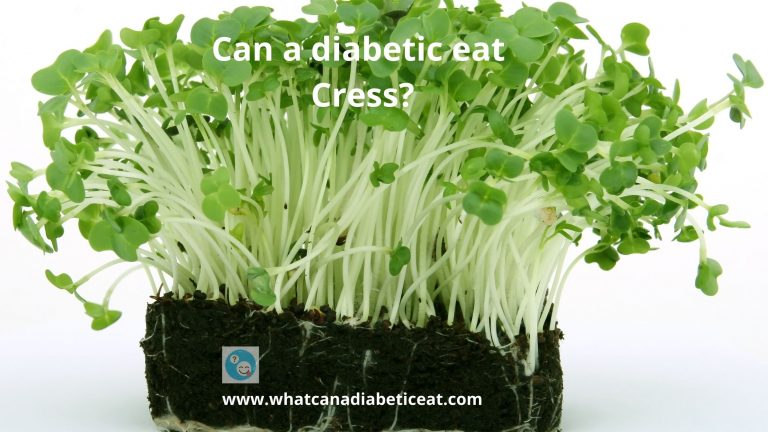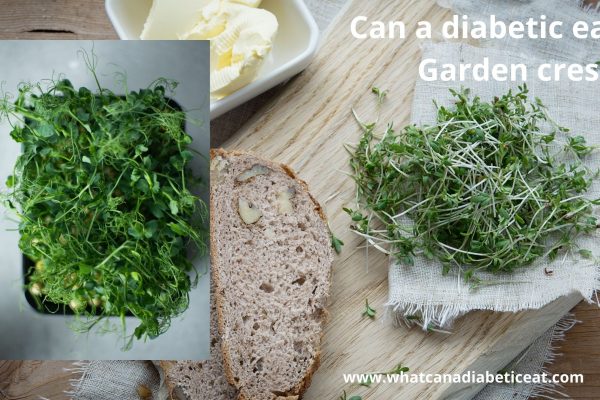Can a diabetic eat Cress?
Cress is a vital part of any good salad. In fact, you often find cress in bags of mixed salad leaves in a food shop. A diabetic can eat cress with no fear of any adverse effects on health. Cress is light, low in calories or carbohydrates and contains good nutrients. Water cress, garden cress and nasturtium are major varieties of cress widely available. Diabetics can enjoy the moderately pungent taste and tangy flavour that cress has to offer with their salad. Salads get that kick of taste from cress.
How do you eat cress?
Once you buy cress from the shop, you bring it home and keep in the fridge. Cress stays good in the fridge for 2-3 days. When you need cress, you cut off as much cress as you need using a pair of scissors. You need to wash and drain the cress well before using it in one of your recipes. You can eat cress in many ways. Most popularly, people use cress as a garnish. You can sprinkle cress over salads or add cress to sandwich fillings or soups or garnish canopies or grilled food. Cress makes a good seasoning for fried rice too. One popular use of cress is as an addition to mayonnaise or butter. It’s mainly leaves and stems of cress that people use in soups, canopies etc. Some people also eat cress as sprouts, the seed pods whether fresh or dried can be used as a peppery seasoning.
What are the benefits of eating Cress?
Many people consider cress as a super food. Diabetics can enjoy certain specific benefits by eating cress. For example, some studies indicate cress can help regulate blood sugar levels and increase insulin sensitivity. Cress seeds can control asthma and improving lung functions. Other benefits of cress include improvement in haemoglobin, better digestive health, improved memory, healthier skin and hair. Women will see regulated menstruation by eating cress regularly. More medicinal uses of cress include for common coughs, vitamin C deficiency, constipation, fluid retention etc. A diet with cress also improves one’s immunity.





